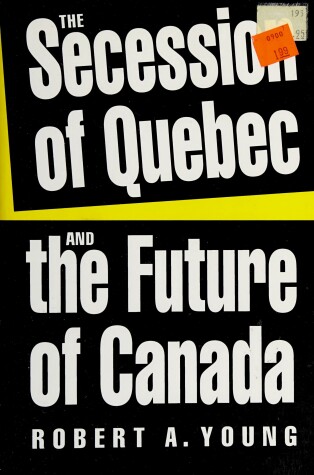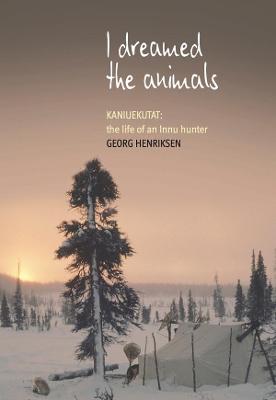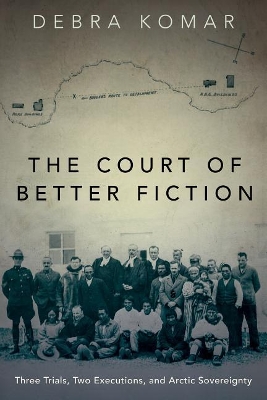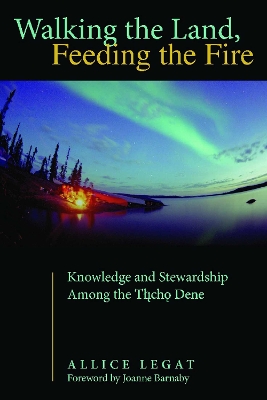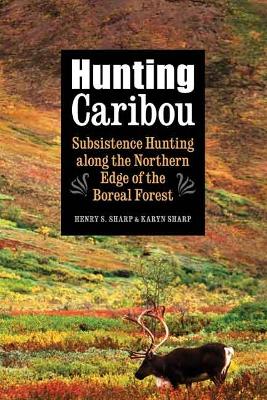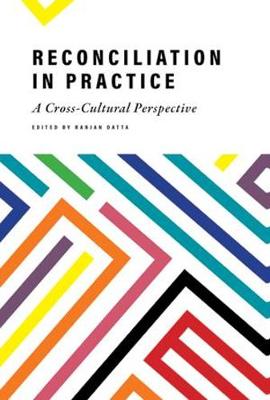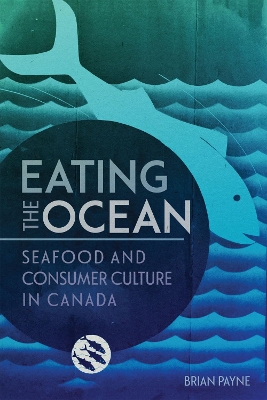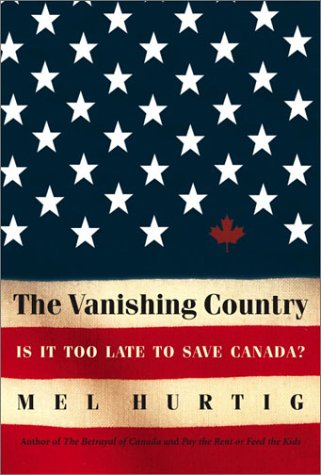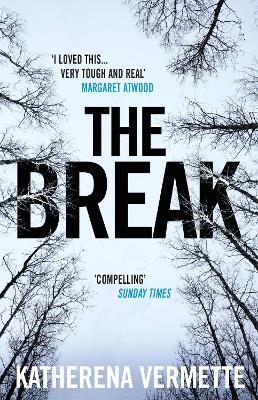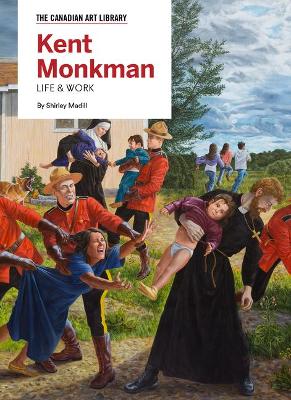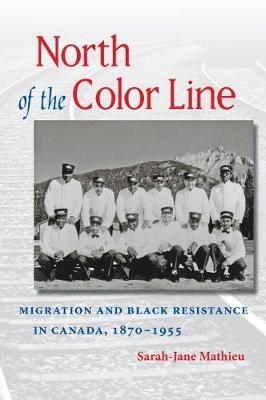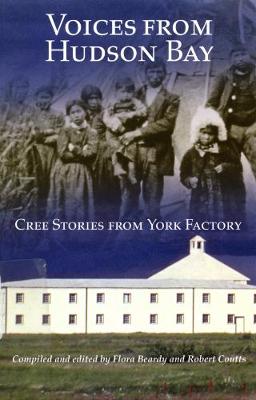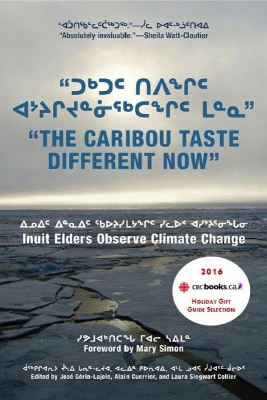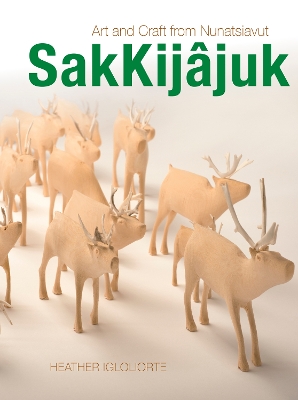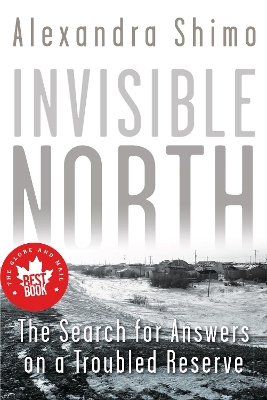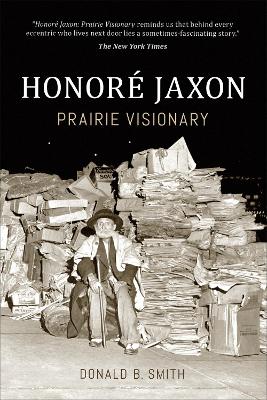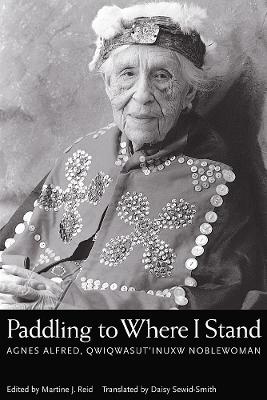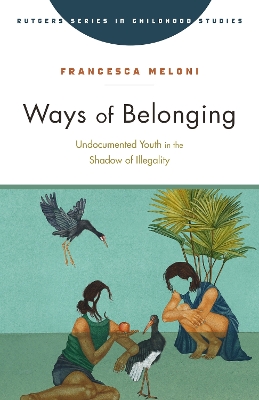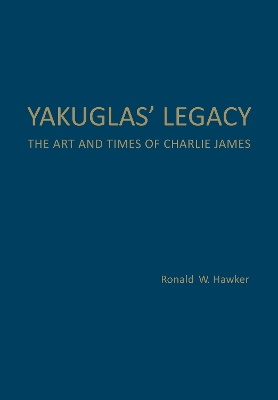Provides a thorough review of existing literature, analysis of comparative cases of peaceful secession, assessment of constitutional options for Canada without Quebec, and a detailed set of scenarios on how the transition to sovereignty might occur and the implications of the separation for the long
This is Kaniuekutat's book. In it, he tells the story of his life and that of Innu culture in the northern parts of Labrador. The pages of this book are filled with the voice of Kaniuekutat giving his account of an Innu hunter's life and the problems and distress that have been caused by sedentarization and village life. Kaniuekutat invites us to see Innu society and culture from the inside, the way he lives it and reflects upon it. He was greatly concerned that young Innu may lose their tradi...
In its rush to establish dominion over the North, Canada executed two innocent Inuit men. In 1921, the RCMP arrested two Copper Inuit men under suspicion that the two had murdered their uncle. Both men confessed to the crime through a police interpreter, though the "confession" was highly questionable. The Canadian government used the case to plant their flag in the north, but the trial quickly became a master class in judicial error. Correspondence among the key players reveals that the t...
In the Dene worldview, relationships form the foundation of a distinct way of knowing. For the Tlicho Dene, indigenous peoples of Canada's Northwest Territories, as stories from the past unfold as experiences in the present, so unfolds a philosophy for the future. Walking the Land, Feeding the Fire vividly shows how--through stories and relationships with all beings--Tlicho knowledge is produced and rooted in the land. Tlicho-speaking people are part of the more widespread Athapaskan-speaking c...
Denésuliné hunters range from deep in the Boreal Forest far into the tundra of northern Canada. Henry S. Sharp, a social anthropologist and ethnographer, spent several decades participating in fieldwork and observing hunts by this extended kin group. His daughter, Karyn Sharp, who is an archaeologist specializing in First Nations Studies and is Denésuliné, also observed countless hunts. Over the years the father and daughter realized that not only their personal backgrounds but also their discip...
Reconciliation in Practice
In 2015, the Truth and Reconciliation Commission released a report designed to facilitate reconciliation between the Canadian state and Indigenous Peoples. Its call to honour treaty relationships reminds us that we are all treaty people — including immigrants and refugees living in Canada. The contributors to this volume, many of whom are themselves immigrants and refugees, take up the challenge of imagining what it means for immigrants and refugees to live as treaty people. Through essays, per...
Eating the Ocean (La collection Louis J. Robichaud/The Louis J. Robichaud)
by Brian Payne
During the first half of the twentieth century, Canadian fisheries regularly produced more fish than markets could absorb, driving down profits and wages. To address this, both industry and government sought to stimulate domestic consumption via increased advertising. In Eating the Ocean Brian Payne explores how government-funded marketing called upon Canadian housewives to prepare more seafood meals to improve family health and aid an industry central to Canadian identity and heritage. The goal...
Is it all over for Canada? There are a number of thoughtful people who think so. Mel Hurtig, however, believes there is still a chance to reassert Canadian independence. But first, Canadians need to understand how much has been lost. Our politicians are not telling us. Our business leaders certainly are not telling us. And our media definitely are not telling us. The border dividing Canada and the United States has never been more fragile. Canada is vanishing. The evidence is available to those...
A GOVERNOR GENERAL'S LITERARY AWARD FINALISTLonglisted for the Dublin Literary Award 2018Crime Book of the Month, Sunday Times, February 2018'I loved this... very tough and very real.' - Margaret AtwoodWhen Stella, a young mother in an Indigenous community, looks out her window one wintry evening and spots someone being attacked on the Break - a barren field on an isolated strip of land outside her house - she calls the police. By the time help arrives, all that is left of the struggle is blood...
This timely and important scholarship advances an empirical understanding of Canada's contemporary "Indian" problem. Where the Waters Divide is one of the few book monographs that analyze how contemporary neoliberal reforms (in the manner of de-regulation, austerity measures, common sense policies, privatization, etc.) are woven through and shape contemporary racial inequality in Canadian society. Using recent controversies in drinking water contamination and solid waste and sewage pollution,...
The second volume in a 3-book series Duress – the extreme experience war produces – brings out the most remarkable human qualities, and letters written in wartime contain some of the most intense emotion imaginable. This anthology includes letters that date as far back as the Boer War (which began in 1899) and extend up to 2002, when Canadian peacekeepers served in Afghanistan. Between are letters from the First and Second World Wars, the Korean War, and a number of peacekeeping missions. It co...
North of the Color Line examines life in Canada for the estimated 5,000 blacks, both African Americans and West Indians, who immigrated to Canada after the end of Reconstruction in the United States. Through the experiences of black railway workers and their union, the Order of Sleeping Car Porters, Sarah-Jane Mathieu connects social, political, labor, immigration, and black diaspora history during the Jim Crow era. By World War I, sleeping car portering had become the exclusive province of blac...
Voices from Hudson Bay (Rupert's Land Record Society, #5)
by Flora Beardy and Robert Coutts
The era the elders describe, from the end of World War I to the closing of York Factory in 1957, saw dramatic changes - both positive and negative - to aboriginal life in the North. The extension of Treaty 5 in 1910 to include members of the York Factory band, the arrival of police and government agents, and the shifting economy of the fur trade are all discussed. Despite these upheavals, however, the elders' accounts demonstrate the continuity of northern life in the twentieth century, from the...
"The Caribou Taste Different Now"
In full colour with photos of the 145 contributing Inuit elders, The Caribou Taste Different Now grounds the discussions, debates, and discourses about climate change to material and everyday life in the contemporary Canadian Arctic. Climate change is expected to have a particular impact on the Arctic regions of the world. Melting permafrost, changing wildlife migration patterns, and new species of flora and fauna threaten to forever change the landscape and lives of the North. In this book, I...
Winner, 2018 Canadian Museums Association Award of Outstanding Achievement in Education Shortlisted, 2018 Atlantic Publishers Marketing Association Best Atlantic Published Book Award Nunatsiavut, the Inuit region of Canada that achieved self-government in 2005, produces art that is distinct within the world of Canadian and circumpolar Inuit art. The world's most southerly population of Inuit, the coastal people of Nunatsiavut have always lived both above and below the tree line, and Inuit arti...
A vivid first-person account of life on a troubled reserve that illuminates a difficult and oft-ignored history. Globe and Mail 100: Best Books of 2016 • The Hill Times: Best Books of 2016 • 2017 RBC Taylor Prize — Longlisted • 2017 BC National Award for Canadian Non-Fiction — Shortlisted • 2016 Speaker's Book Award — Shortlisted When freelance journalist Alexandra Shimo arrives in Kashechewan, a fly-in, northern Ontario reserve, to investigate rumours of a fabricated water crisis and docu...
Born in 1861 to a Methodist family, William Henry Jackson grew up in Ontario before moving to Prince Albert, Saskatchewan, where he sympathized with the Métis and became personal secretary to Louis Riel. After the Métis defeat a Regina court committed the young English Canadian idealist to the lunatic asylum at Lower Fort Garry. He eventually escaped to the United States, joined the labour union movement, and renounced his race. Self-identifying as Métis, he changed his name to the French-soundi...
Paddling to Where I Stand
The Kwakwakawakw people and their culture have been the subject of more anthropological writings than any other ethnic group on the Northwest Coast. Until now, however, no biography had been written by or about a Kwakwakawakw woman. Paddling to Where I Stand presents the memoirs of Agnes Alfred (c.1890-1992), a non-literate noble Qwiqwasutinuxw woman of the Kwakwakawakw Nation and one of the last great storytellers among her peers in the classic oral tradition. Agnes Alfred documents through my...
The aboriginal people of Australia, Canada, and New Zealand became minorities in their own countries in the nineteenth century. The expanding British Empire had its own vision for the future of these peoples, which was expressed in 1837 by the Select Committee on Aborigines of the House of Commons. It was a vision of the steps necessary for them to become civilized, Christian, and citizens - in a word, assimilated. This book provides the first systematic and comparative treatment of the social p...
Ways of Belonging (Rutgers Series in Childhood Studies)
by Francesca Meloni
Ways of Belonging examines the experiences of undocumented young people who are excluded from K–12 schools in Canada and are rendered invisible to the education system. Canadian law doesn’t mention the existence of undocumented children, and thus their access to education rests on discretionary practices and is often denied altogether. This book brings the stories of undocumented young people vividly alive, putting them into conversation with the perspectives of the different actors in schools a...
Charlie James (1867–1937) was a premier carver and painter from the Kwakwaka'wakw First Nation of British Columbia. Also known by his ceremonial name Yakuglas, he was a prolific artist and activist during a period of severe oppression for First Nations people in Canada. Yakuglas’ Legacy examines the life of Charlie James. During the early part of his career James created works primarily for ritual use within Kwakwaka'wakw society. However, in the 1920s, his art found a broader audience as he pr...

